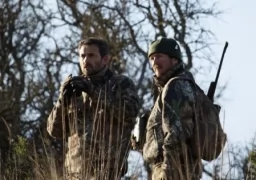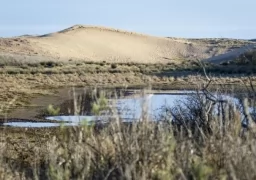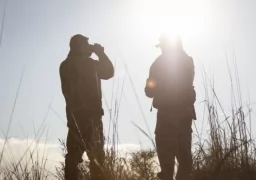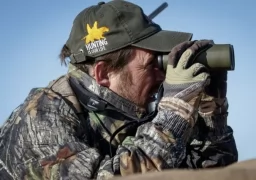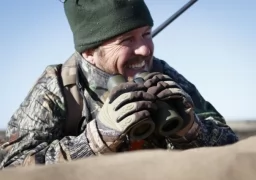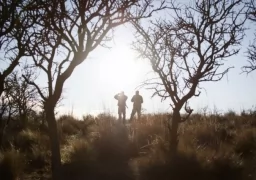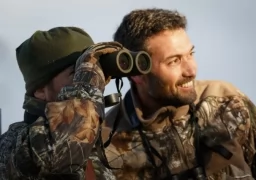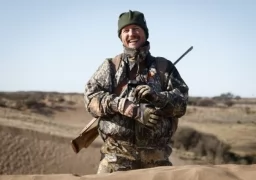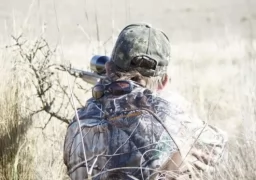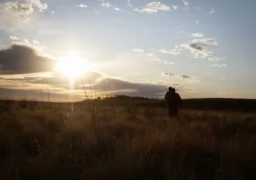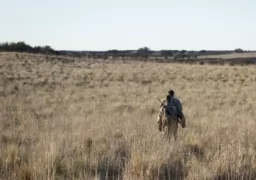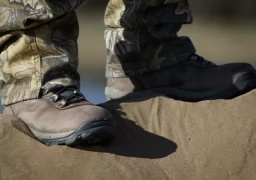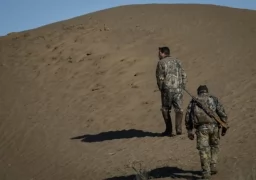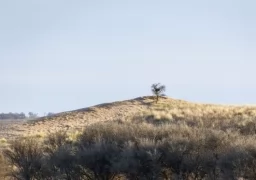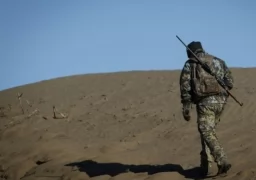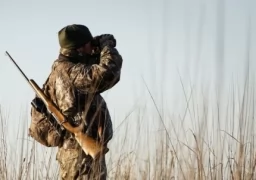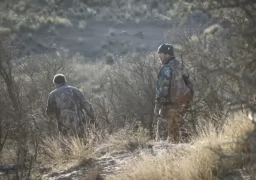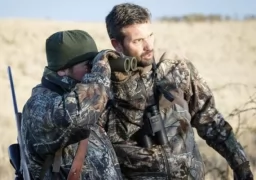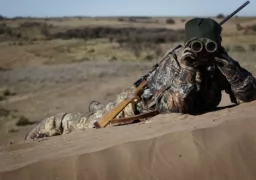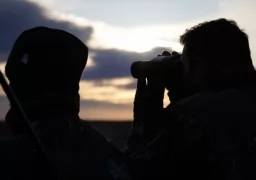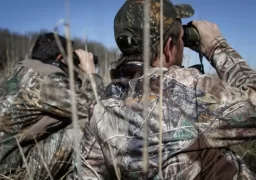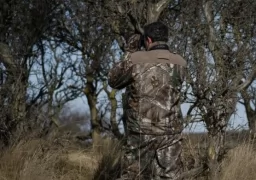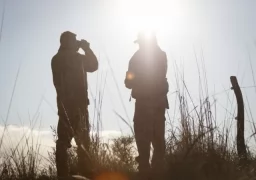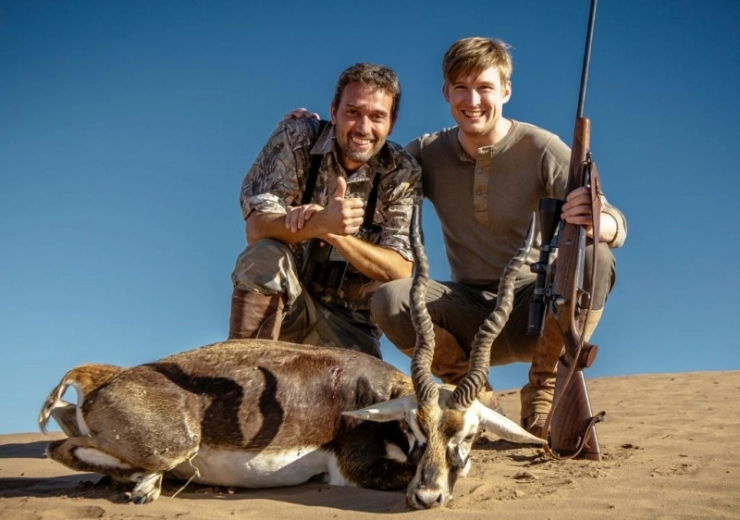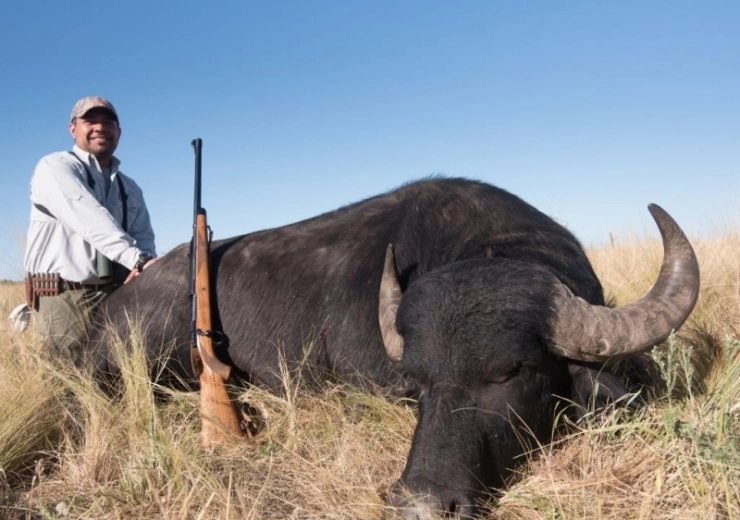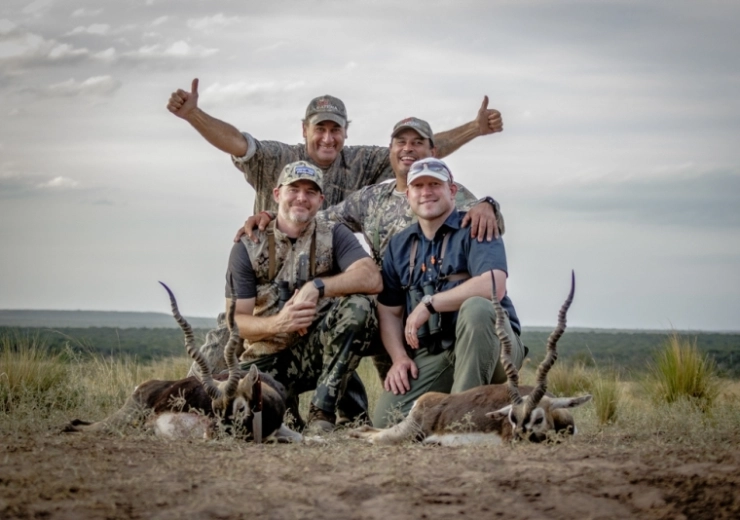NEWS & REPORTS
Chasing antelope for two days
I’ve been planning a Blackbuck Antelope hunting in Argentina for a couple of months with J, the person who is in charge of everything related to media and pictures. We decided to visit San Luis Lodge, so we talked to Fernando Delpino to set up and organize all the details for this hunt.
By late September mid October, we started our hunting trip on a Wednesday after a quick lunch at 2 pm, estimating that we would arrive at 8 pm to the lodge. The distance is 400 miles and J and I drove all of it in a smooth Toyota Hilux.
Speaking of, the Toyota Hilux (also stylized as HiLux and historically as Hi-Lux) is a series of utility vehicles produced and marketed by the Japanese manufacturer Toyota. Most countries used the Hilux name for the entire life of the series but in North America, the Hilux name was retired in 1976 in favor of Truck, Pickup Truck, or Compact Truck. In North America the popular option package, the SR5 (Sport Rally 5-Speed), was colloquially used as a model name for the truck, even though the option package was also used on other Toyota models like the Corolla. In 1984, the Toyota Trekker, the camper version of the Hilux, was renamed as the4Runner in Australia and North America, and as the Hilux Surf in Japan. In 1995, Toyota introduced a new pickup model, theTacoma in North America, discontinuing the Hilux/Pickup there. The 4Runner is now a full SUV, and the more recent models do not resemble the Tacoma.
We made the drive with only one stop to get some snacks and soda to make the driving more comfortable. After 6 hours of driving, we met Fernando at Buena Esperanza, a small town located 30 miles away from the ranch in San Luis province.
San Luis Lodge is a private place of about 40.000 acres and has two different areas for hunting; one it’s the fenced area, has 10.000 acres, and the pre range more than 20.000 acres.
For this hunt, and since we had short time, we decided to hunt in the fenced area at San Luis Lodge. We arrived late in the evening and after having a beer, Rosa, the chef, was waiting for us with great meat and potatoes and salad, so we shared together with Fernando and J a nice meal with an amazing Malbec from the Luigi Bosca winery.
The program for the next morning was to wake up really early like at 6 am, leave the lodge at 7 am, and decide about the area where we were going to hunt because it would be depending on the wind of that morning, so we had 3 different options.
We made an interesting approach to a knoll in which we were 250 yards away from some male and female animals. At that moment, the day was very windy, so we thought it would not be a good idea to shoot from that far away so we had to go to the next knoll and try to shoot from there.We started moving with our bodies on the ground and our rifle tied on our backs, trying not to make any noise. We had the wind against us, something that, even though it sounds crazy, it’s on our side.
We were doing the last approach, heading to the next knoll and, for some reason, color or sound, one of the female put her head up and automatically everyone did and looked to our direction. That was five minitues of no moving, waiting and praying for them not to leave.
It was nice to feel the wind and feel the animals knowing about us as well. After all this holding on, one of the female started moving, and then another one, and another one and so 3 minutes later they were all moving slowly. Without talking to Fernando or J, I think we all knew that approach was done and maybe for that morning, that would be enough, so we would have to think about going back to the lodge for lunch.
The lodge has been remodeled and looks amazing and new. The beds are the best king size that you can find at any lodge. The remodeling is easy to appreciate in the pictures; this English-styled house, with brand new furniture has been done in 2014 and 2015.
We had a great night but the next morning, when we heard the alarm clock, it seemed like bed time never happened since we were really tired. The morning started really windy which is not very common, and the sky was kind of cloudy. Five minutes after breakfast we were driving to the field. The distance to get to the field (in minutes) was not more than 20 or even 15 minutes.
The scene in this area of San Luis is very special. It is in the border line in between where the agriculture and the forest changes, so we saw some areas with corn and some other with just forest or natural grass. So we crossed a couple of crop fields, we drove inside the forest and the farming land and then we arrived to this big fenced gate which showed us that we were getting into the fenced area.
We started walking at 7.30 am, following Fernando. It was not a very cold of a morning; it was a little chilly, not too bad. We walked for like two hours until we finally found a couple of Antelopes. At first we saw a couple of females. The area in which we were walking was mostly open with some bushed areas separated one another and the land was with hills, so we were going up and down in between the forest and bushes areas using this places in order to hide from the animals.
In some parts of the field there was something like sandy areas and water holes that we have visited when we were chasing animals because we saw some foot prints so we knew that animals were close.
At 10 am, we saw some Blackbucks in a “meseta”, an open area. This animals love to be in those types of areas. It was not easy for us to get closer to them because there were no much cover for us to hide behind, but we were able to walk a hundred meters and then we had to go on our knees and start moving with our bodies to the ground, trying to get closer to the next knoll where we would shoot from 200 yards away.
Now, let me tell you about this particular animal. Blackbucks were introduced to Argentina and the USA. These populations numbered about 43,600 individuals at the turn of the century. Blackbucks generally live on open plains and open woodlands in herds of five to 50 animals with one dominant male. They are very fast. Speeds of more than 80 km/h (50 mph) have been recorded. They are primarily grazers and avoid forested areas. They require water every day and may move long distances in search of water and forage in summer. Usually, they feed during the day. Their diet consists mostly of grasses. The Indian Blackbuck is considered to be the second fastest in the world next to the Cheetah. The blackbuck is also found in Western Nepal where there are 176 animals in 1991. There were more than 20,000 on record in Texas ranches, in 1988. On the Pampas on northwestern and central Argentina, more than 10,000 animals were available in the 80's.
Blackbuck is a a medium size antelope, which is sexually dimorphic. The males at birth are brown without horns. However, with secretion of sexual hormone, males develop a pair of corkscrew horns and their body color changes to elegant black. The normal lifespan of a Blackbuck is about 12 to 15 years. The average weight of an adult male is 75-110 pounds with horns averaging a length of 14-18 inches. The blackbuck also has unique white rings around its eyes.Antelopes are animals brought from India perfectly adapted to the large areas of our country. They move in herds and their main defense is their eyesight and also, their escape velocity. Males develop antlers spiral that can reach 60 centimeters. Their weight can reach 50 kilograms and are black on its back and white on his abdomen. Females are born brown and in maturity are light brown. It is a hunt that requires a delicate approach and a shot from at least 150 meters away.
After all the chasing, it was an incredible experience that I would like to have again soon.
Pablo Aguilo.

